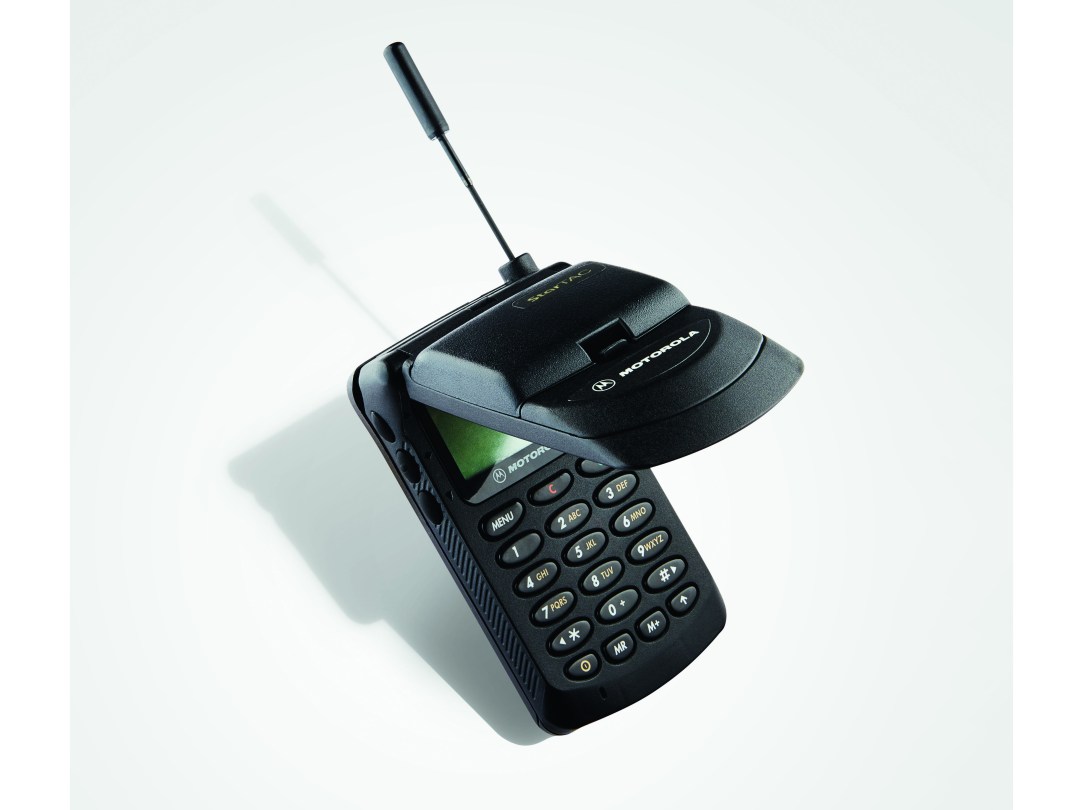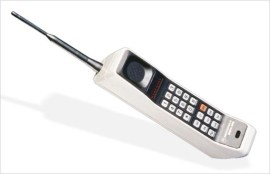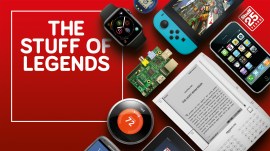Random Access Memories: Motorola StarTAC: 1996
No, not that one

Motorola reportedly sold 60 million StarTAC phones. In 2010, Lekki reissued the phone in bright yellow.
Stuff is willing to bet they didn’t sell 60 million.
Ah, the classic flip phone everyone owned! No, hang on – what is this abomination?
The Motorola RAZR, with that oh-so-satisfying SNAP when closed, remains forever lodged in the public consciousness. But it was no pioneer when it rocked up in 2004, eight years behind Motorola’s own StarTAC. And although the older phone might not be a looker to modern eyes, in 1996 it was revolutionary.
For the time, it was practically wafer thin (19mm) and light (weighing less than half of a modern iPhone) – unlike comparatively bulky contemporaries. It also had the added advantage of looking like a Star Trek communicator.
I’m not convinced that is an advantage. So why was the StarTAC so good, then?
Now and again, new tech instantly makes everything that came before it look a bit rubbish – like when Apple hacked the keyboard off of mobile phones with iPhone. Before StarTAC, phones were mostly brick-like monstrosities, and not svelte slices of must-have tech.
Motorola itself started the revolution with its compact (for the day) MicroTAC, but StarTAC was the model that blazed into the future. For a start, you could feasibly fold the thing in half and shove it in a pocket – without it then pulling down your trousers.
Sure, it was lightweight and it folded in half. But what else could it do?
StarTAC came out in 1996. Back then, you were still five years away from the Game Boy Advance, with people cursing at Apple Newtons and cooing over the Nokia 9000 Communicator, which was chunky enough to bean someone with.
Still, along with making calls, StarTAC could receive SMS text messages, and vibrate rather than ring, if you needed to be discreet. We remember it here because it was influential. And if you question that, just think how many smartphone manufacturers are currently trying to make their phones fold in half.



